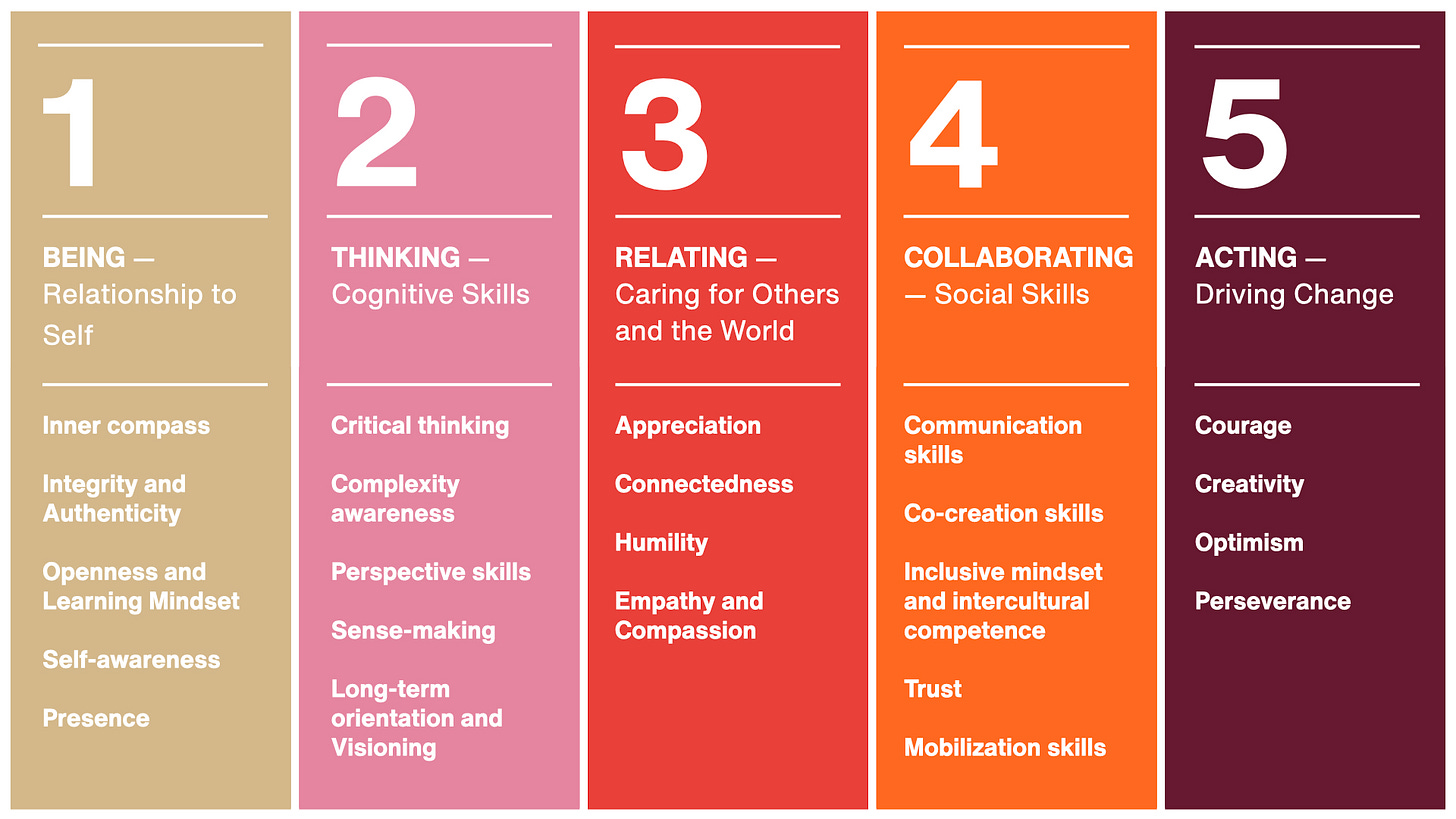Regenerate hope now Petals of courage unfold Buildings breathe new life
Over a number of recent talks and presentations I have asked the question, what will life and work in the built environment feel like in 2030-35? How will we design, construct and be leaders in a world on its way to zero carbon, reversing biodiversity loss, engaging communities in a just transition, seeing ourselves as good ancestors and having a deep respect and recognition of place and culture.
“what would the world look like if we all got to work imagining—and then building—a world we were deeply in love with?” asks Rob Hopkins in his forthcoming new book 'How to Fall in Love with the Future: a time traveller's guide to changing the world'.
Such talks are often framed around the Living Building Challenge, indeed since 2011 most of my ‘regenerative’ talks have been. It is a framework I see as vitally important as the built environment’s regenerative philosophy, advocacy tool and certification to heal the future. And something that the UKGBC is starting to recognise. Fundamental change, regenerative design and organisational transformation
Healing the Future Regen Notes Oct 2022
Hence - a scenario to prompt group questioning and reflection, I pose that in 2035 the dominant building standard is indeed the LBC, which by that time may have morphed into something even more challenging and wonderful.
The language around climate change has been about stabilisation, reduction, curbing, mitigation. These words are used commonly. Frankly, they seem so inept and weak in terms of the crisis that confronts us” Paul Hawken
Yet we know that simply applying any standard (or legislation for that matter as it is easily rescinded) simply is not moving the needle in the right direction. Our climate performance up to now, despite the application of sustainability standards over more than three decades, continues to worsen.
“The most important journey you will take in life is the inner journey.” - Marianne Williamson.
The Inner Development Goals (IDGs) present a framework designed to support sustainable development by focusing on personal and collective inner capabilities. They represent a fresh and vital approach, asking questions across five dimensions around how we develop ourselves to address the ecological and social crisis we face.
So it is with the IDG Driving Change imperatives of courage, commitment, optimism and perseverance we can start to question and enhance our own inner development for regenerative change.
Regenerative thinking enables us to ask better questions that ensure our organisations, buildings, products and lifestyles co-evolve and thrive as part of nature rather than apart from nature. It promotes connected rather than siloed approaches and importantly enables us to focus on potential and not just on problems. Martin Brown. The Regenerative Playbook
Following are prompt questions used to focus on leadership qualities we will need in order to successfully implement each of the Living Building Challenge petals in 2035. The emphasis is on leadership challenges rather than (just) technical or sustainability requirements, so include emotional and psychological aspects of leading transformative change and the importance of maintaining vision and inspiration.
Beauty & Biophilia Leadership
Courage
- How will you defend beauty and biophilia as essential rather than optional?
- What stance will you take on prioritising aesthetic and natural elements?Creativity - How will you inspire others to see beauty as integral to performance? - What innovative approaches will you use to evaluate the impact of beauty?
Optimism - How do you maintain focus on beauty during value engineering exercise? - What vision will you share about the power of beautiful spaces?
Perseverance - How will you maintain commitment to biophilic elements when faced with budget constraints? - What strategies will help you overcome resistance to “non-functional” elements?
For more on Biophilia Leadership see the Biophilia Playbook (How do we listen to the voice of nature?)
Below you can download a pdf that provides leadership prompts mapping the IDG Driving Change dimension imperatives across the LBC petals




